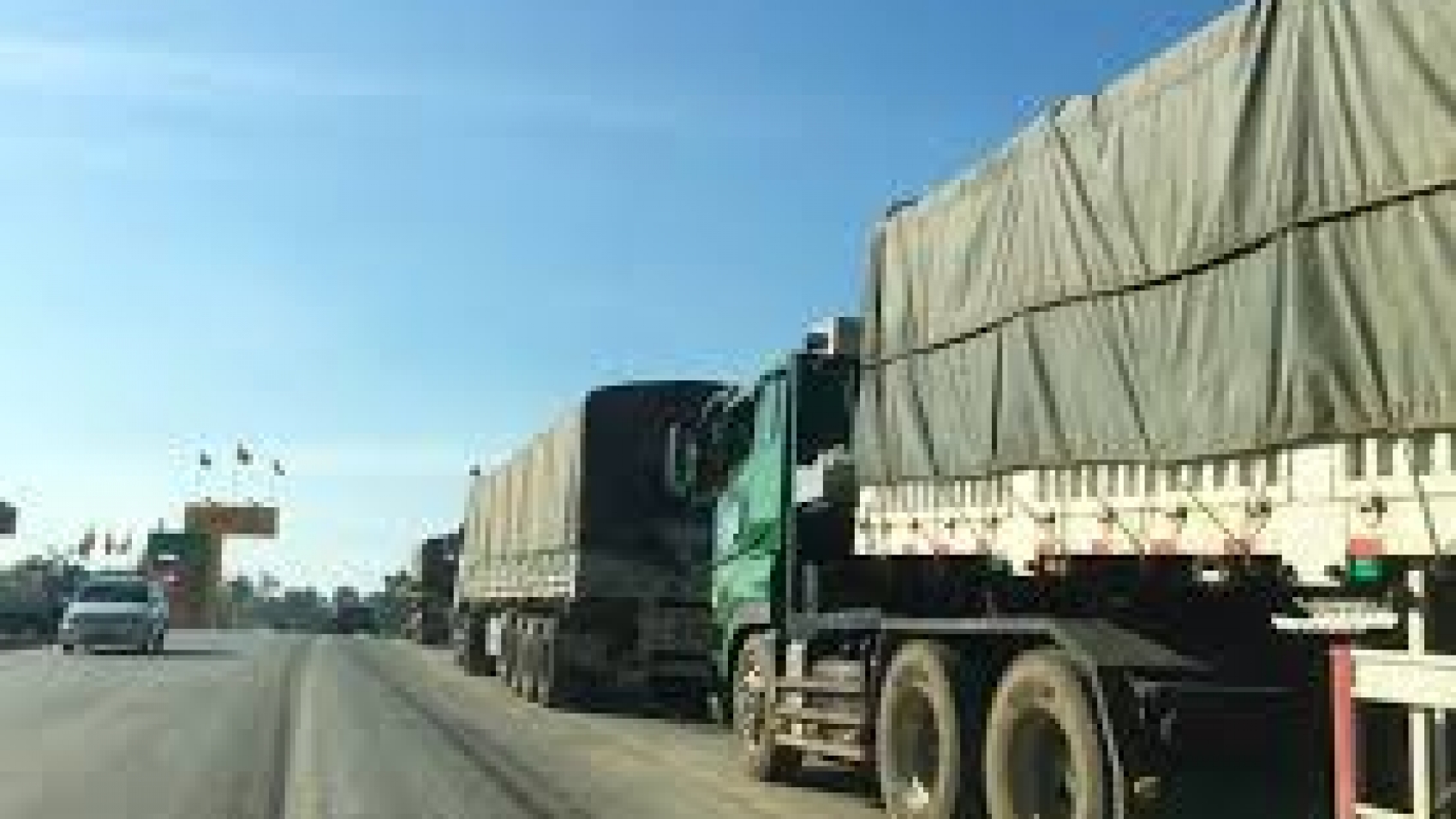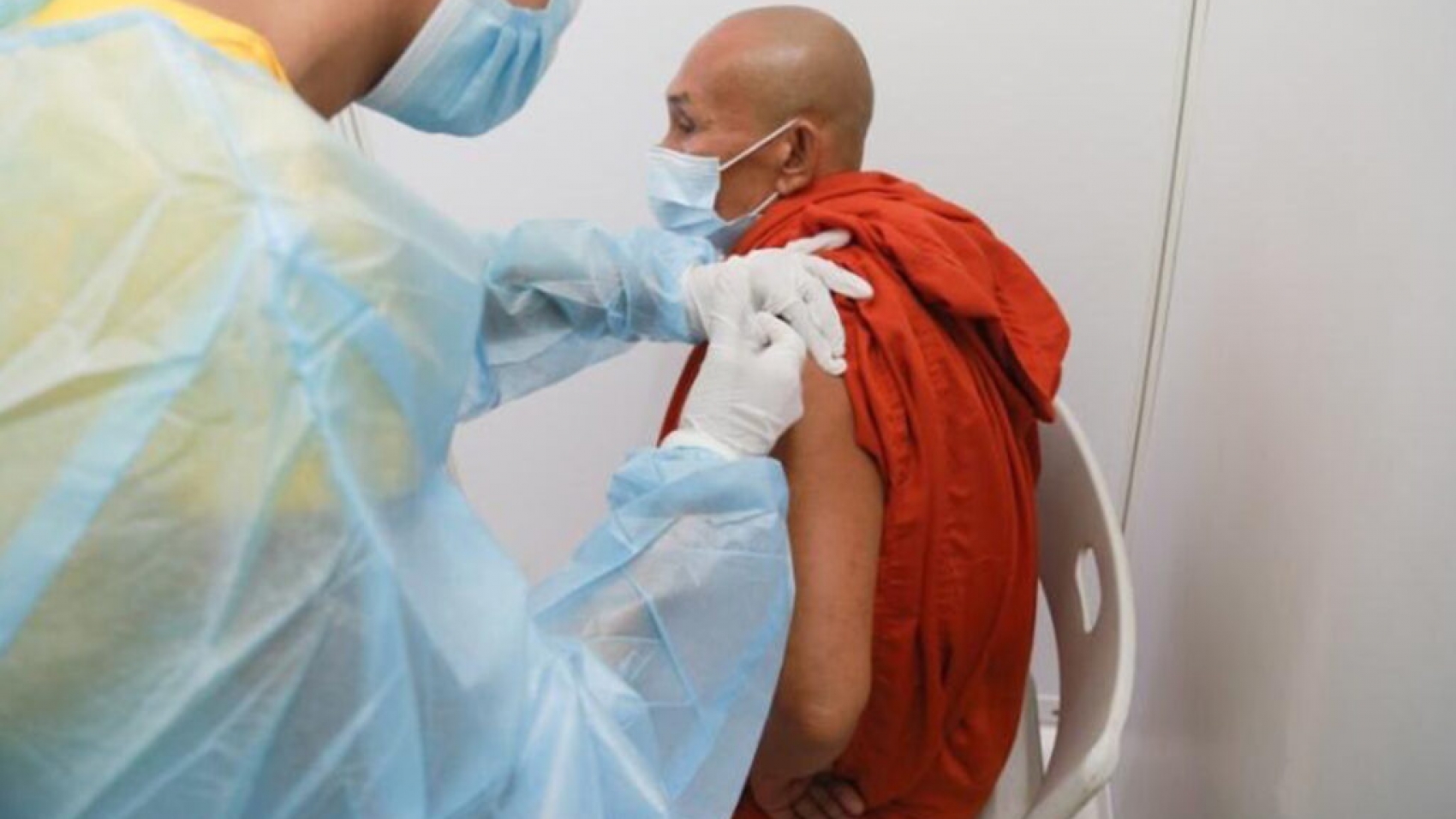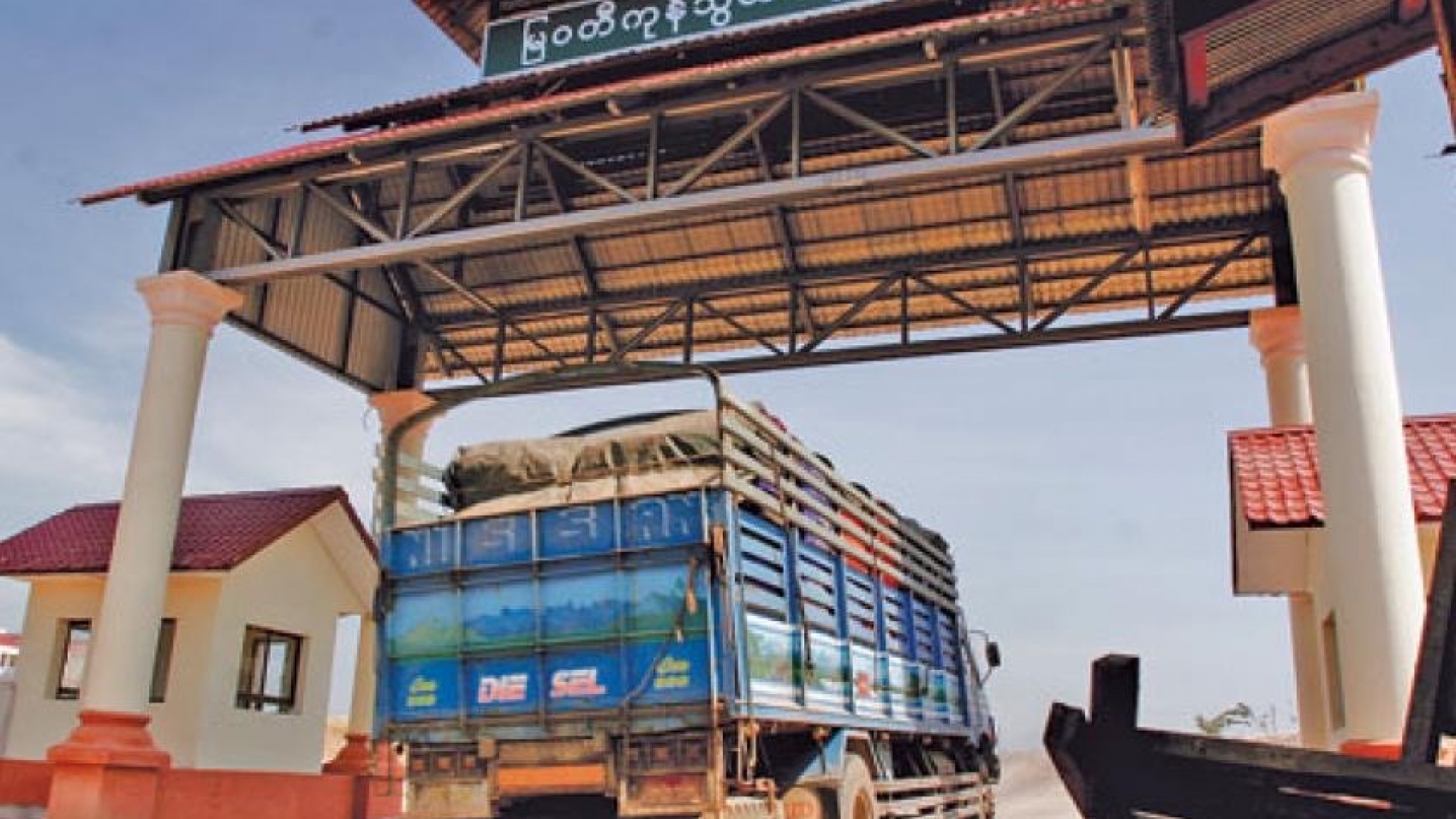According to the domestic gold market, the gold market price in Myanmar dropped over K30,000 these days. Although the pure gold fetched the highest price of over K1,4000,000 per tical on 17 February, it has dropped to K1,366,000 per tical on 26 February. Recent days saw the gold price unstable in the domestic market. That is the reason why the Yangon gold market halted on 5 February. But, the market was reopened on 10 February. Consequently, Yangon Region Gold Entrepreneurs Association called an emergency meeting on 4 February before the gold market started.
Then, the association made four decisions. They are to use the cash down payment system and encourage people trading with fear and trading with restraint. Similarly, the international gold price is also on the decline. The gold price was fixed at around US$1,788 per ounce on 17 February and $1,770 on 26 February 2021. In January 2021, the domestic gold fetched the highest price of K1,336,000 per tical on 6 January. It reached the lowest price of K1,316,000 per tical on 28 January. The local gold price reached the lowest level of K1,310,500 (2 September) and the highest level of K1,314,000 (1 September).
In October, the rate ranged between K1,307,800 (30 October) and K1,316,500 (21 October). The rate fluctuated between the highest of K1,312,000 (16 November) and the lowest of K1,278,000 (28 November). In December, the pure yellow metal priced moved in the range of K1,275,000 (1 December) and K1,333,000 (28 December). With the global gold prices on the uptick, the domestic price hit fresh highs in 2019, reaching K1,000,000 per tical between 17 January and 21 February, crossing K1,100,000 (22 June to 5 August), climbing to K1,200,000 (7 August-4 September), and then reaching a fresh peak of K1,300,000 on 5 September, according to the gold traders.
Source: The Global New Light of Myanmar



